Key in a search term below to search our website.
Key in a search term below to search our website.
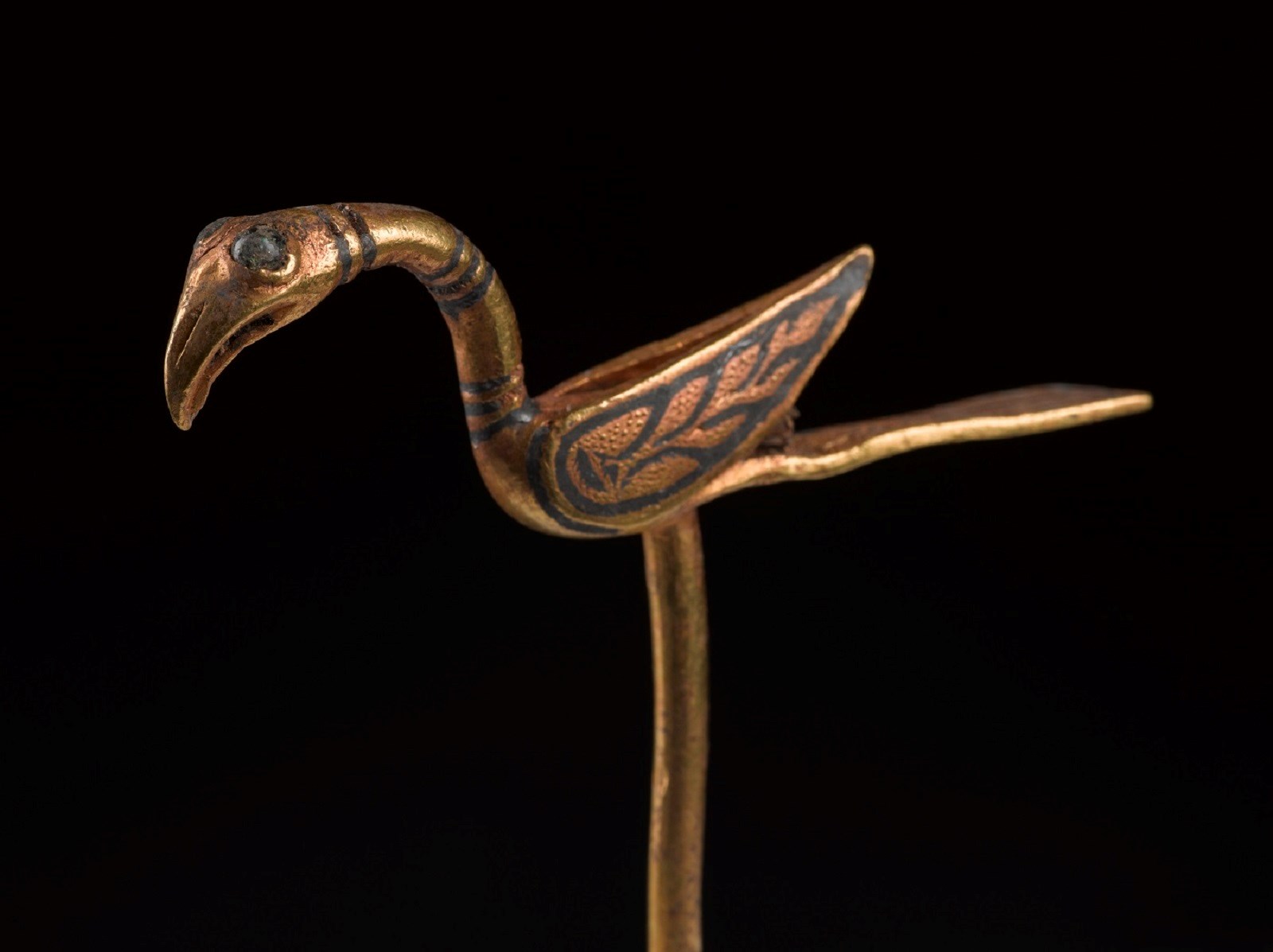
The Galloway Hoard is the richest collection of rare and unique Viking-age objects ever found in Britain or Ireland.
View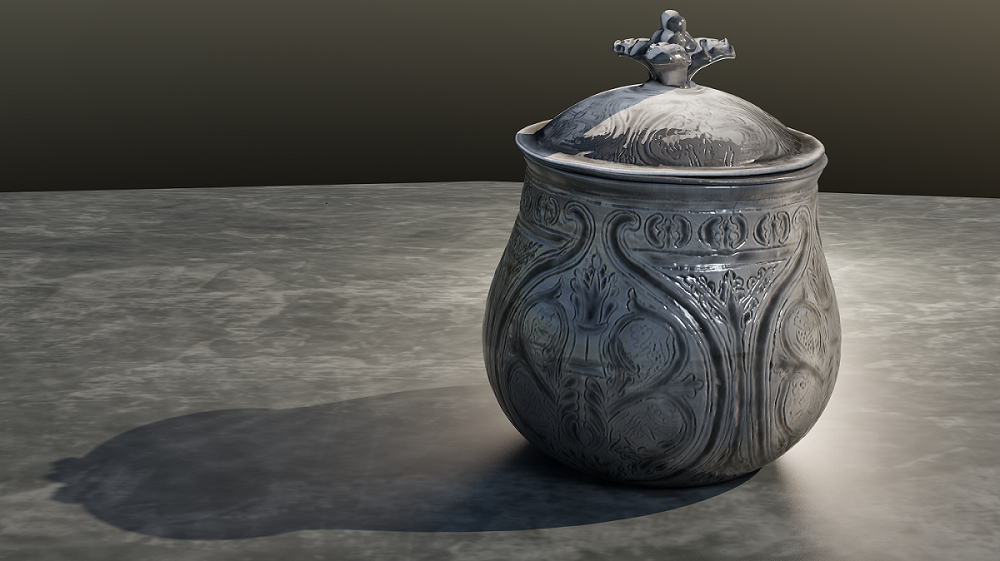
The lidded vessel which contained the Galloway Hoard's most precious treasures is itself a revelation.
View
Visitors were able to see cleaned and conserved objects from the Hoard, revealing intricate decoration not seen since the objects' burial more than 1,000 years ago.
View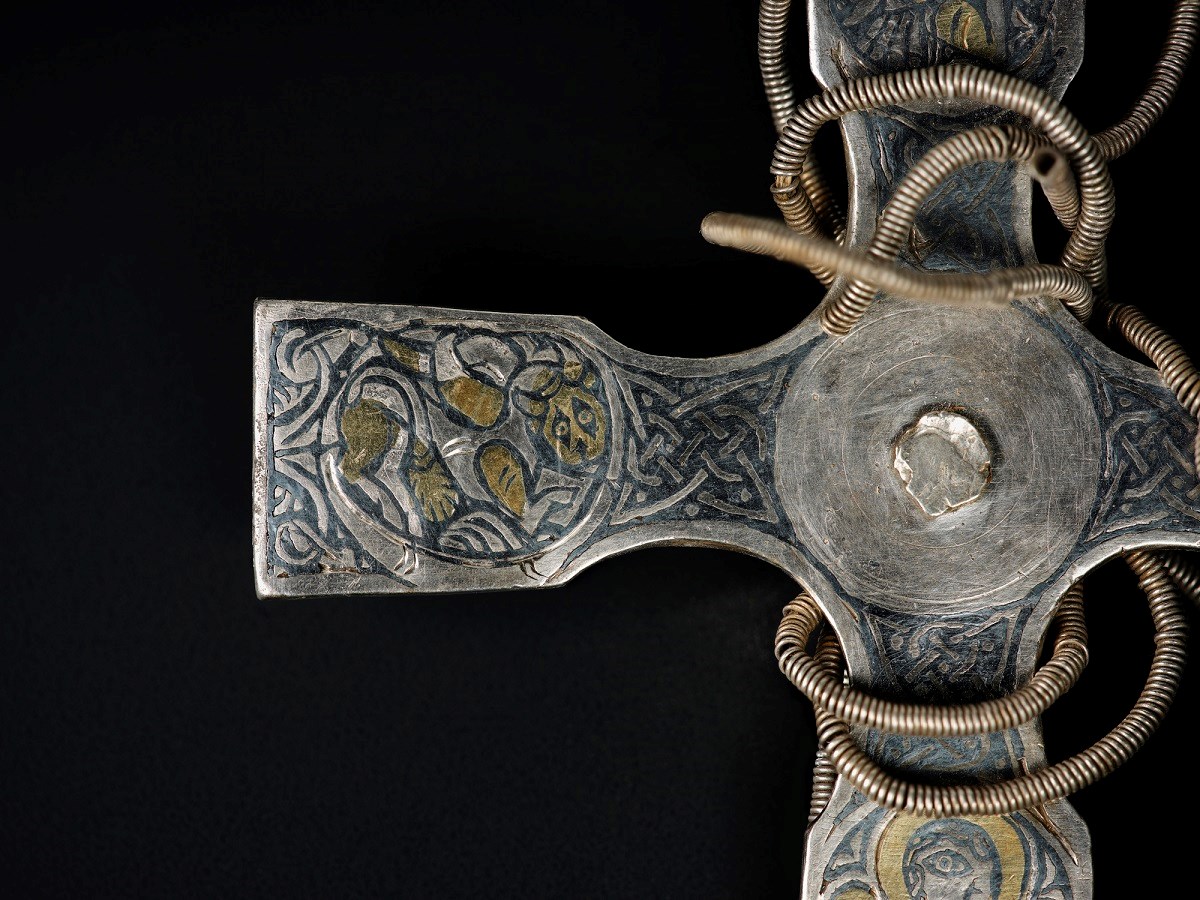
The discovery of a well-preserved pectoral cross placed near the top of the Galloway Hoard was the first sign this was an extraordinary assemblage.
View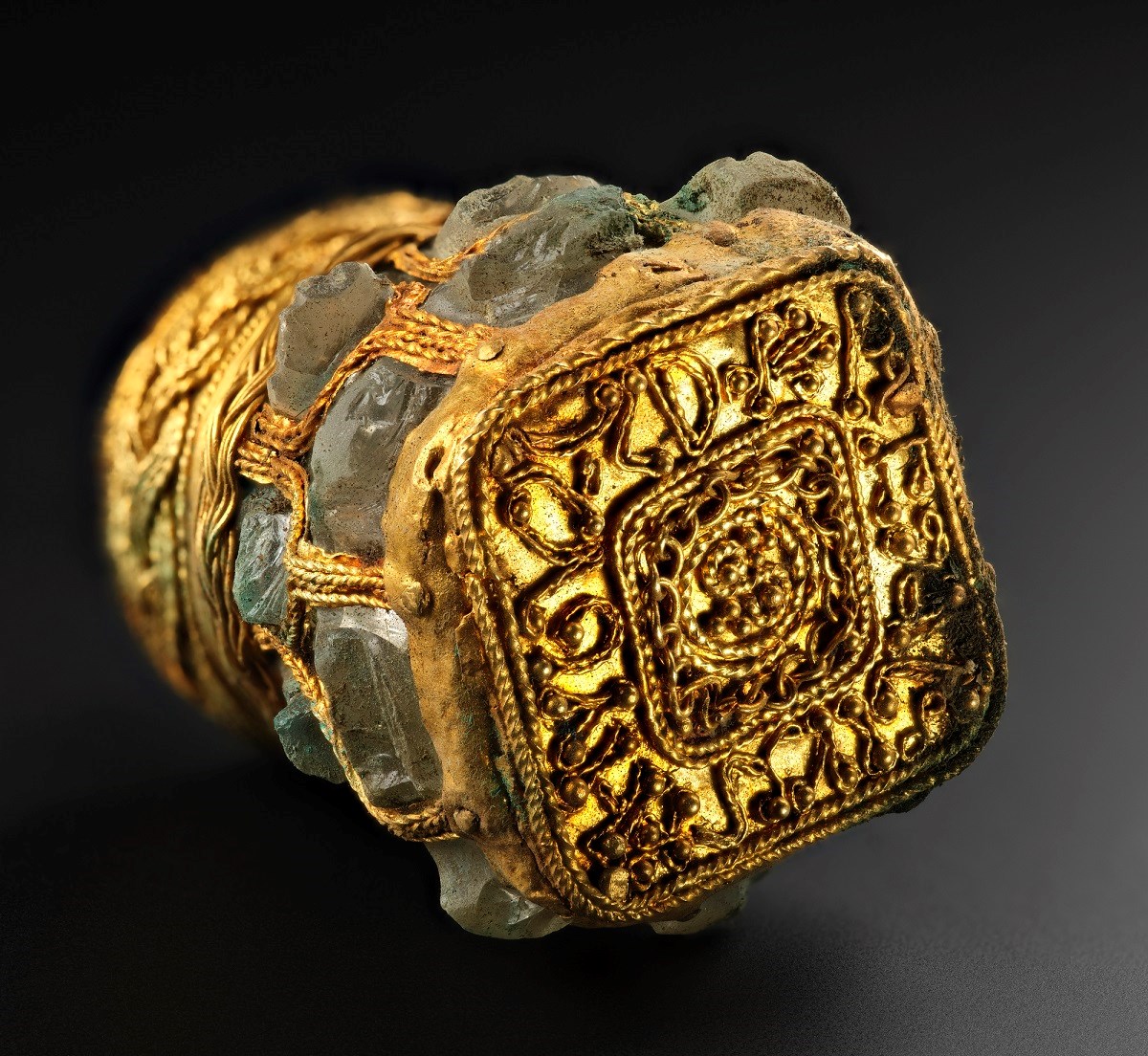
A unique jar of rock crystal and gold from the Galloway Hoard with a fascinating history – and an intriguing name on it.
View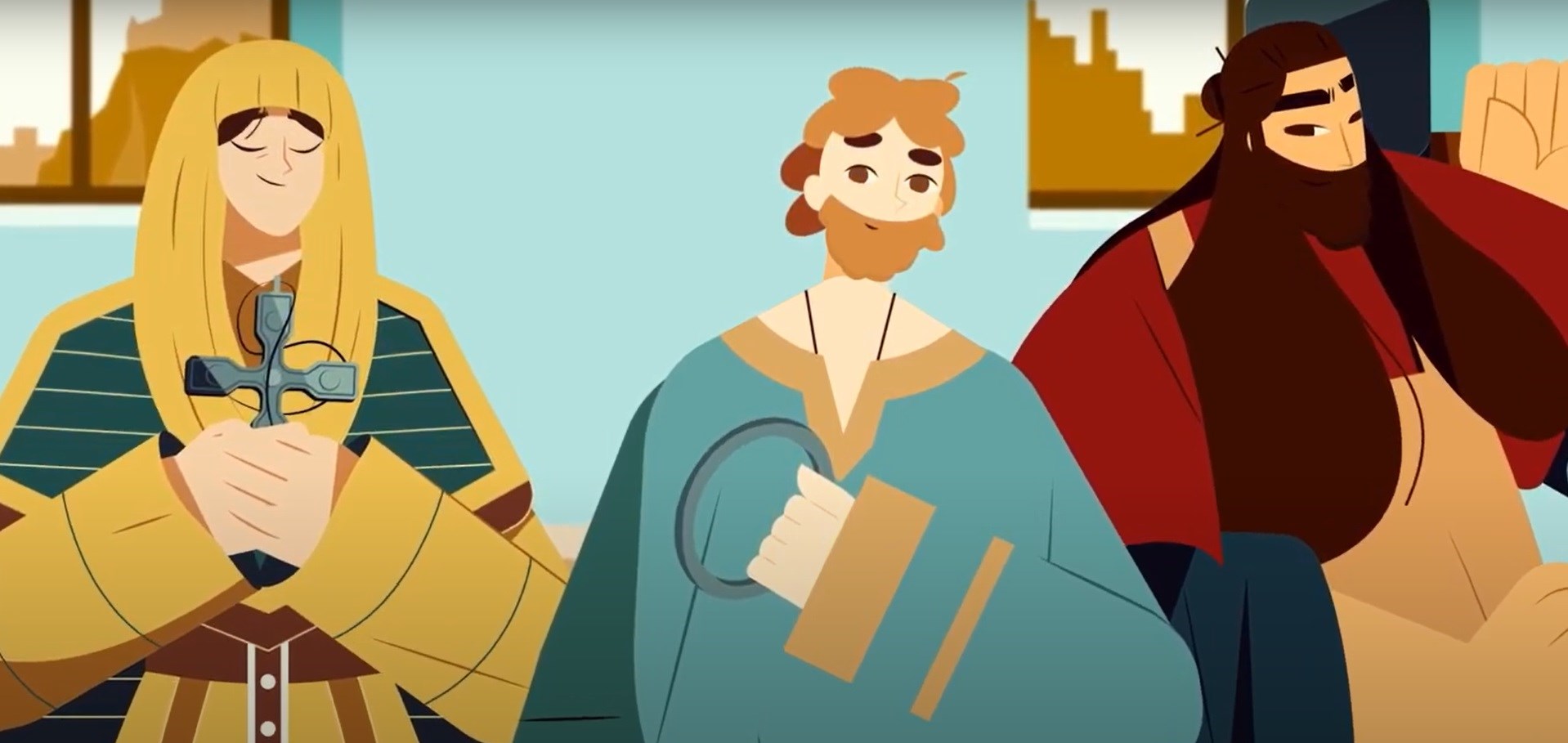
In 2014, something very special was found in Galloway, South West Scotland. This short animation is designed to introduce children and families to the Galloway Hoard.
View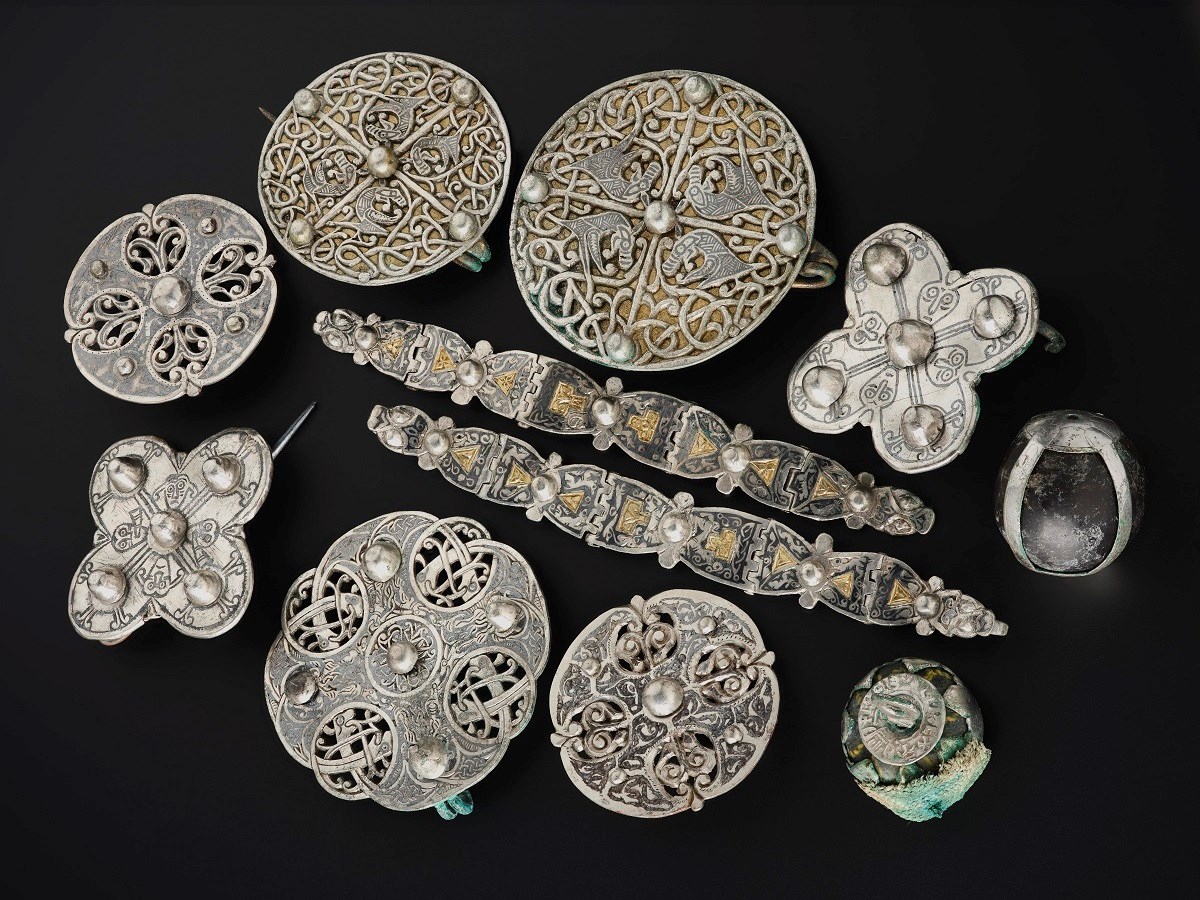
Find out what a hoard is, how historians and archaeologists have interpreted them, and why the Galloway Hoard is truly unique.
View
We've created a set of schools resources around the Galloway Hoard, including an animation, a quiz, and more.
View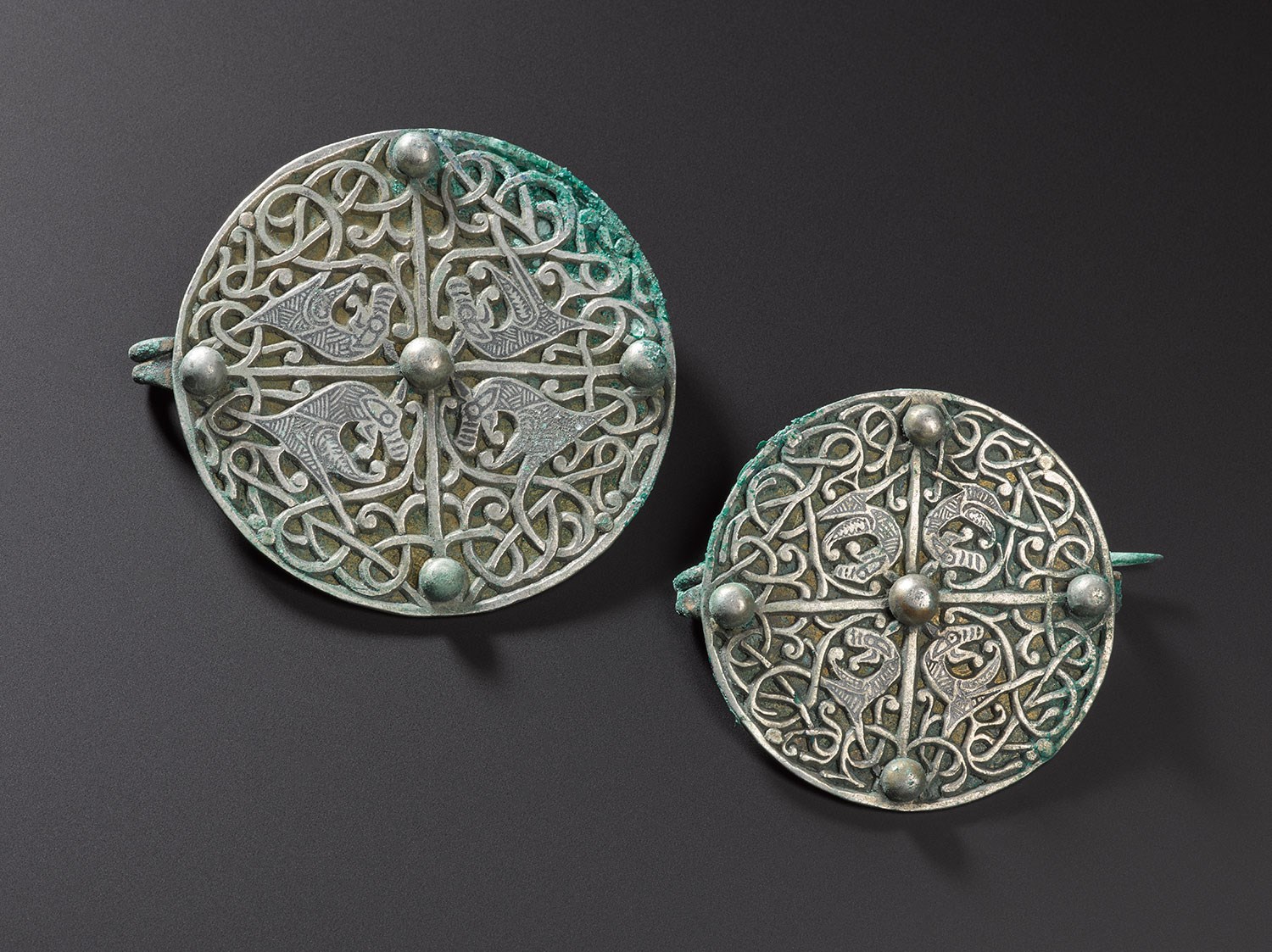
Supporters from around the world joined together to help us raise the £1.98 million required to save the Galloway Hoard for the nation.
View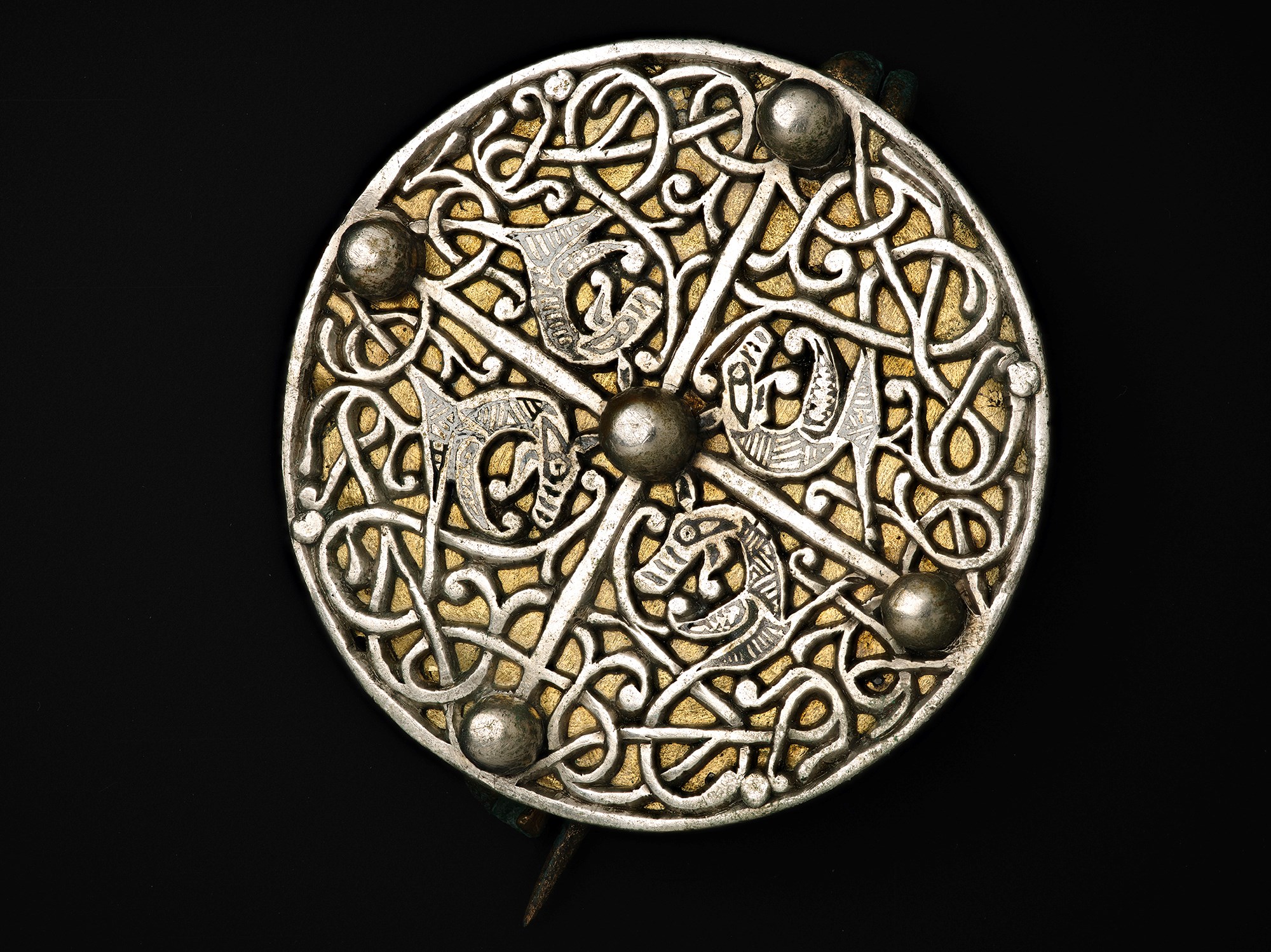
Curator Dr Martin Goldberg joins Vikings writer and producer Michael Hirst to delve into the mysteries of the incredible Galloway Hoard.
View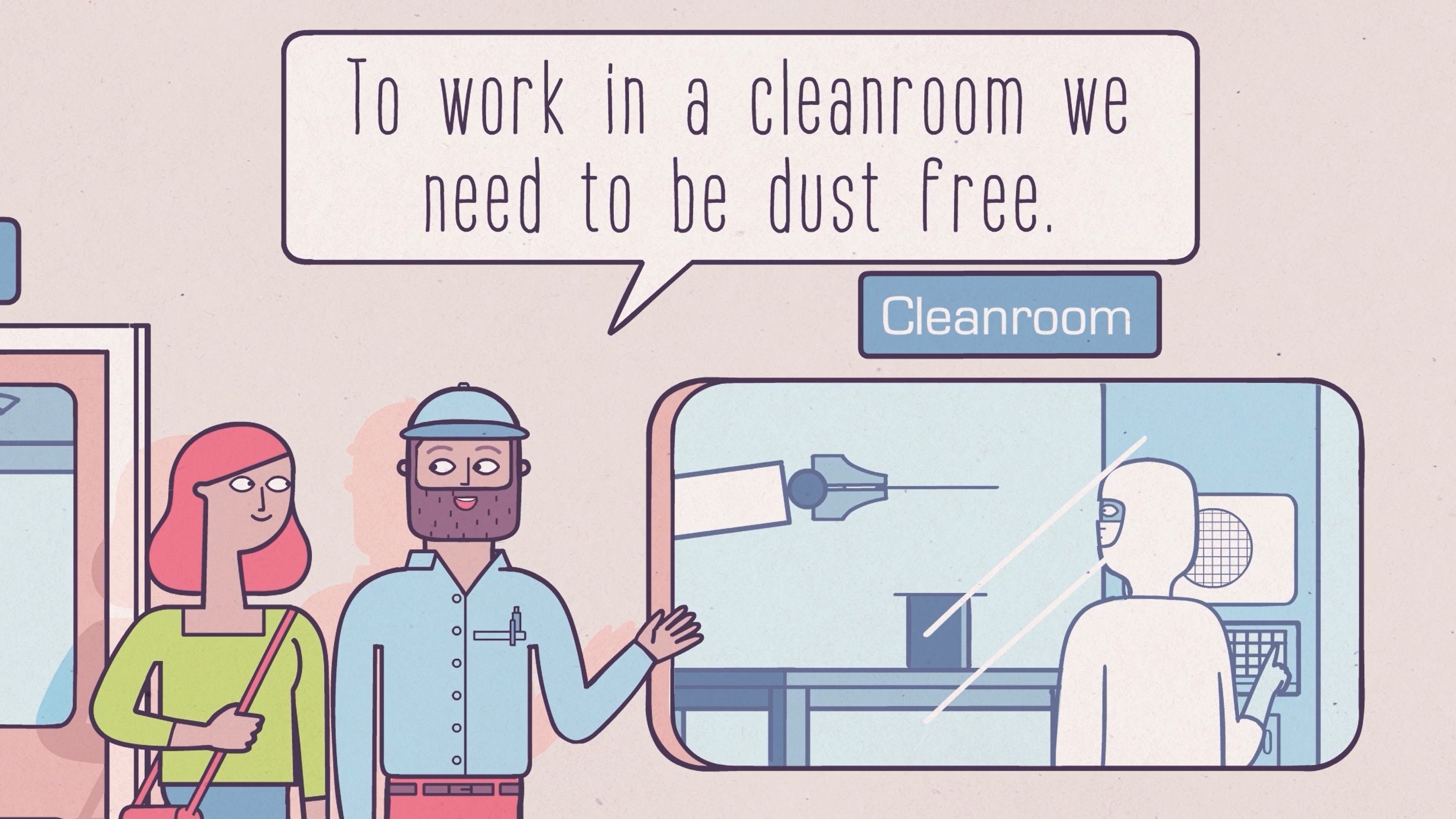
Delve into our animated adventures and explore the world around us from unique perspectives.
View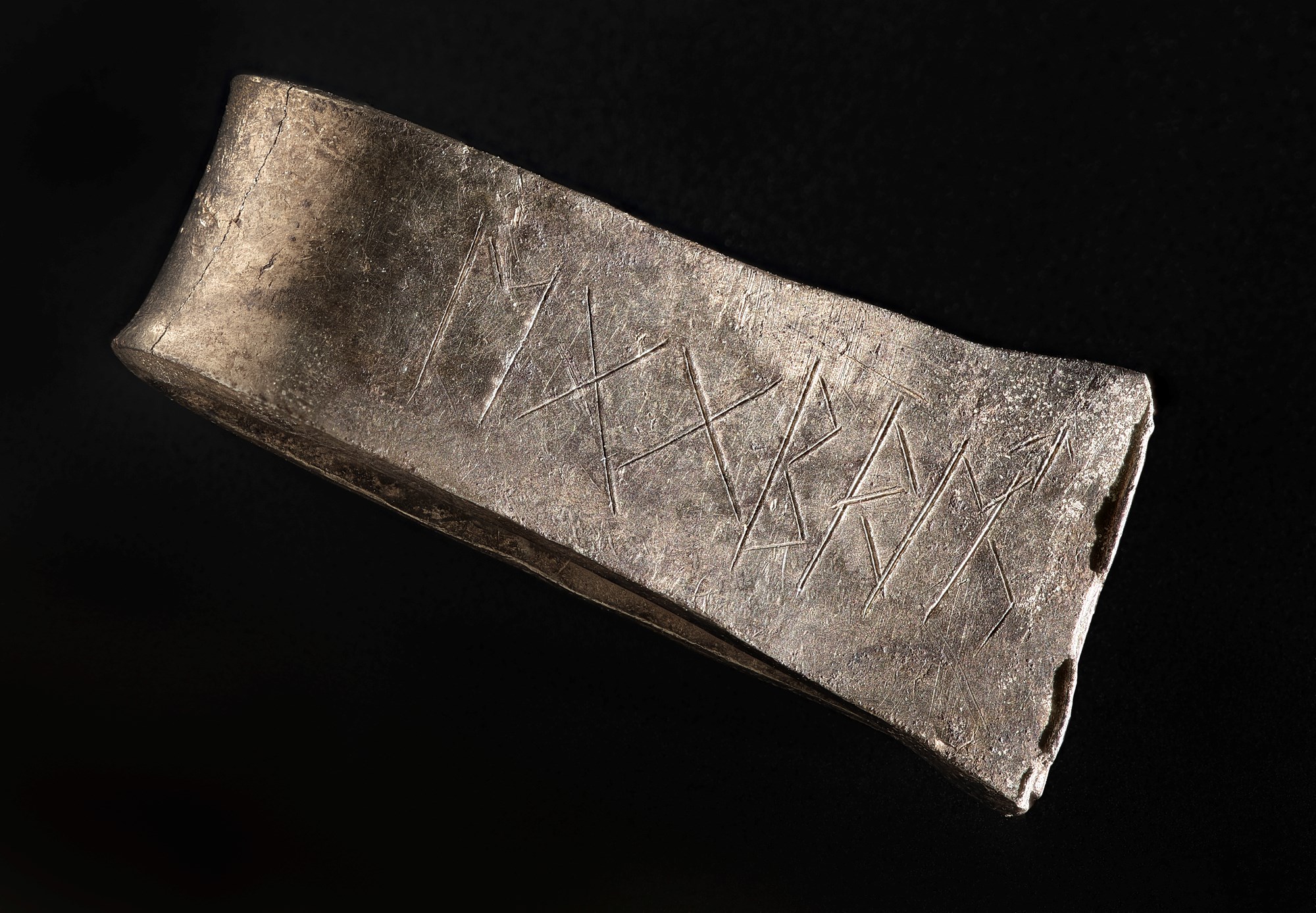
The Galloway Hoard is dominated by silver. Cutting-edge science can now trace sources of silver with greater accuracy than ever before. What might this reveal about Viking trading and raiding?
View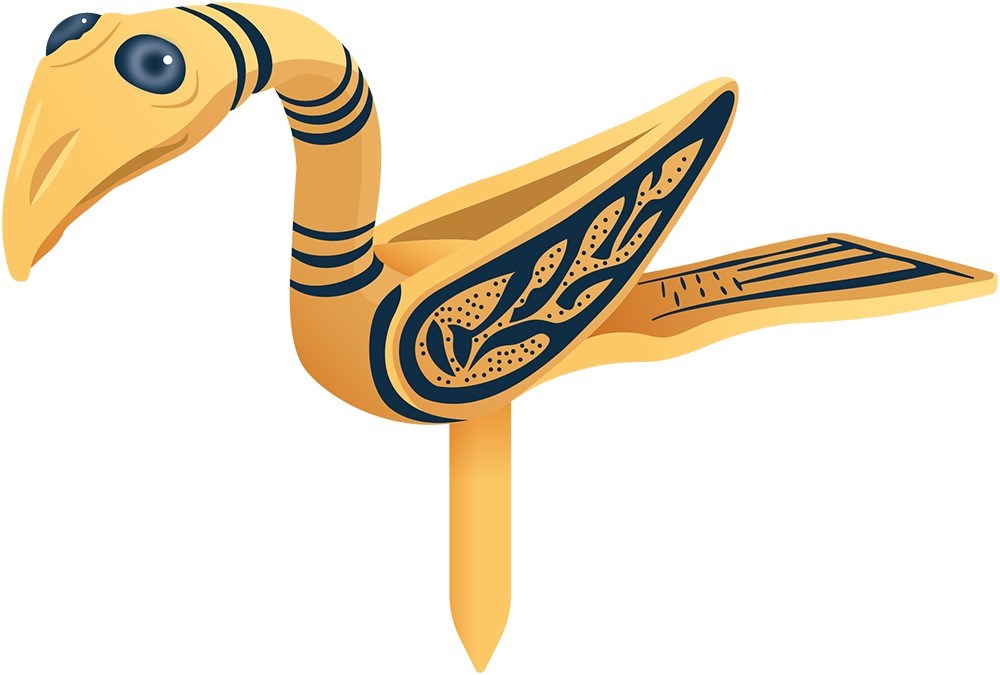
Families can pick up our new trail to find the Bird Pin, from the Galloway Hoard, hiding amongst her feathered friends around the National Museum of Scotland.
View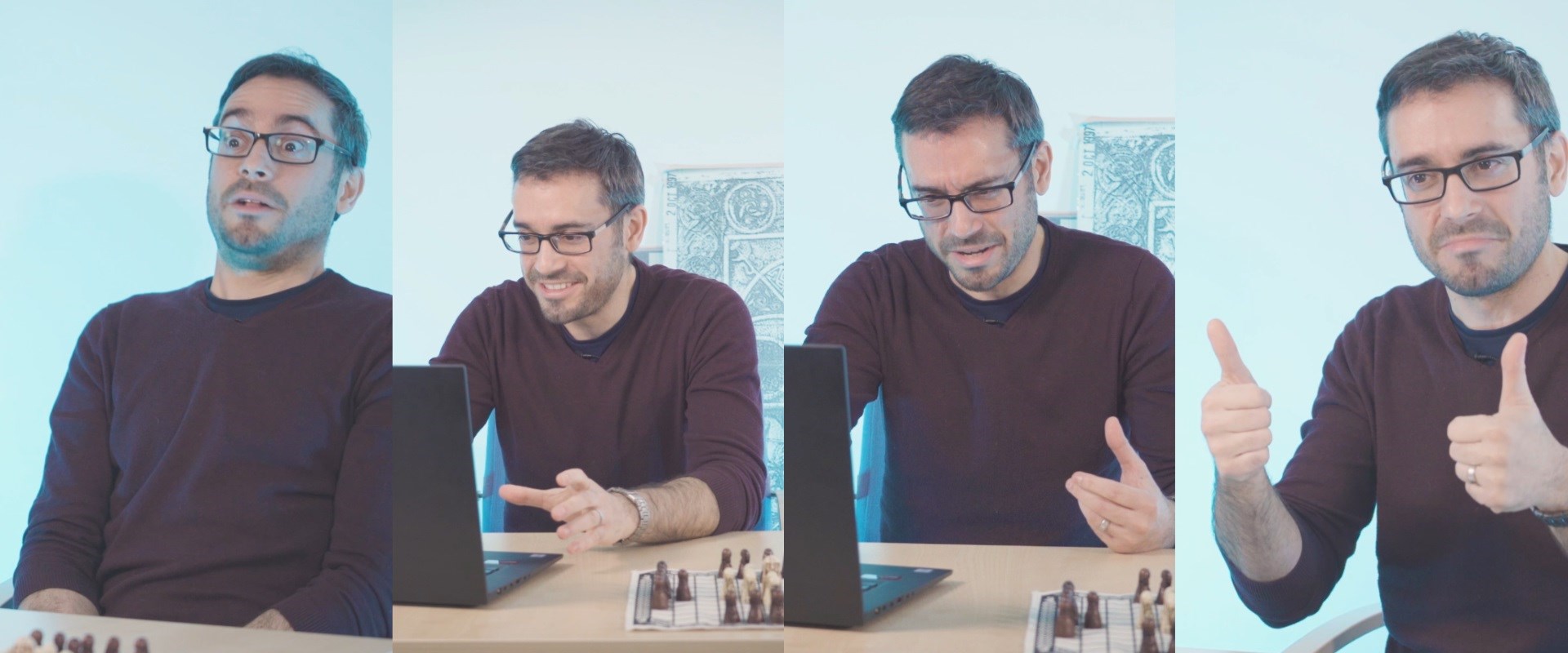
Join Galloway Hoard researcher Dr Adrián Maldonado as he reacts to depictions of the Viking Age in movies, TV and video games.
View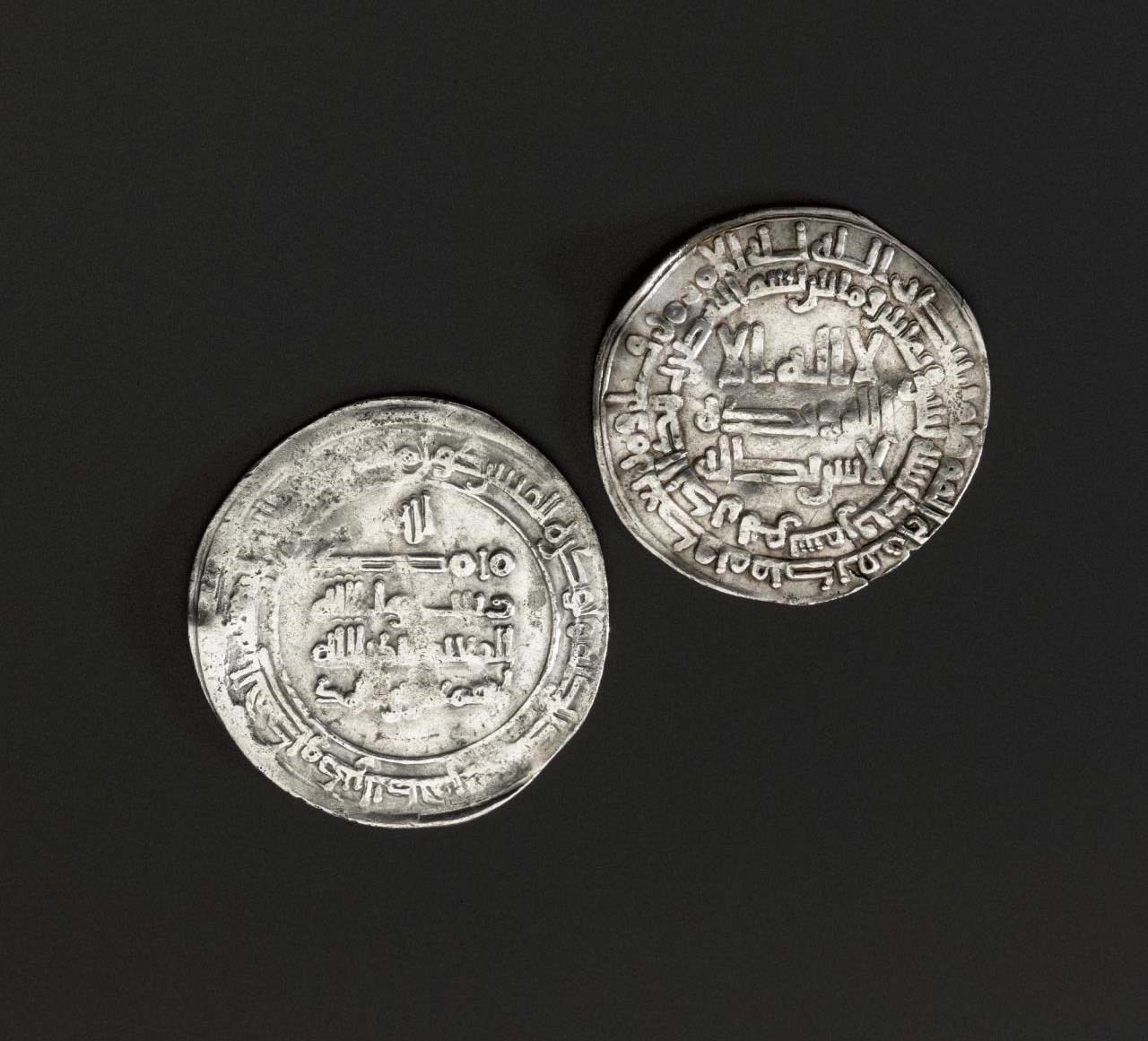
A 10th-century hoard found on the Isle of Skye contained 19 dirhams, silver coins from the Islamic emirates of central Asia. These were not exotic curiosities collected by a Viking traveller, but evidence of trade routes connecting Scotland across vast distances at the turn of the first millennium.
View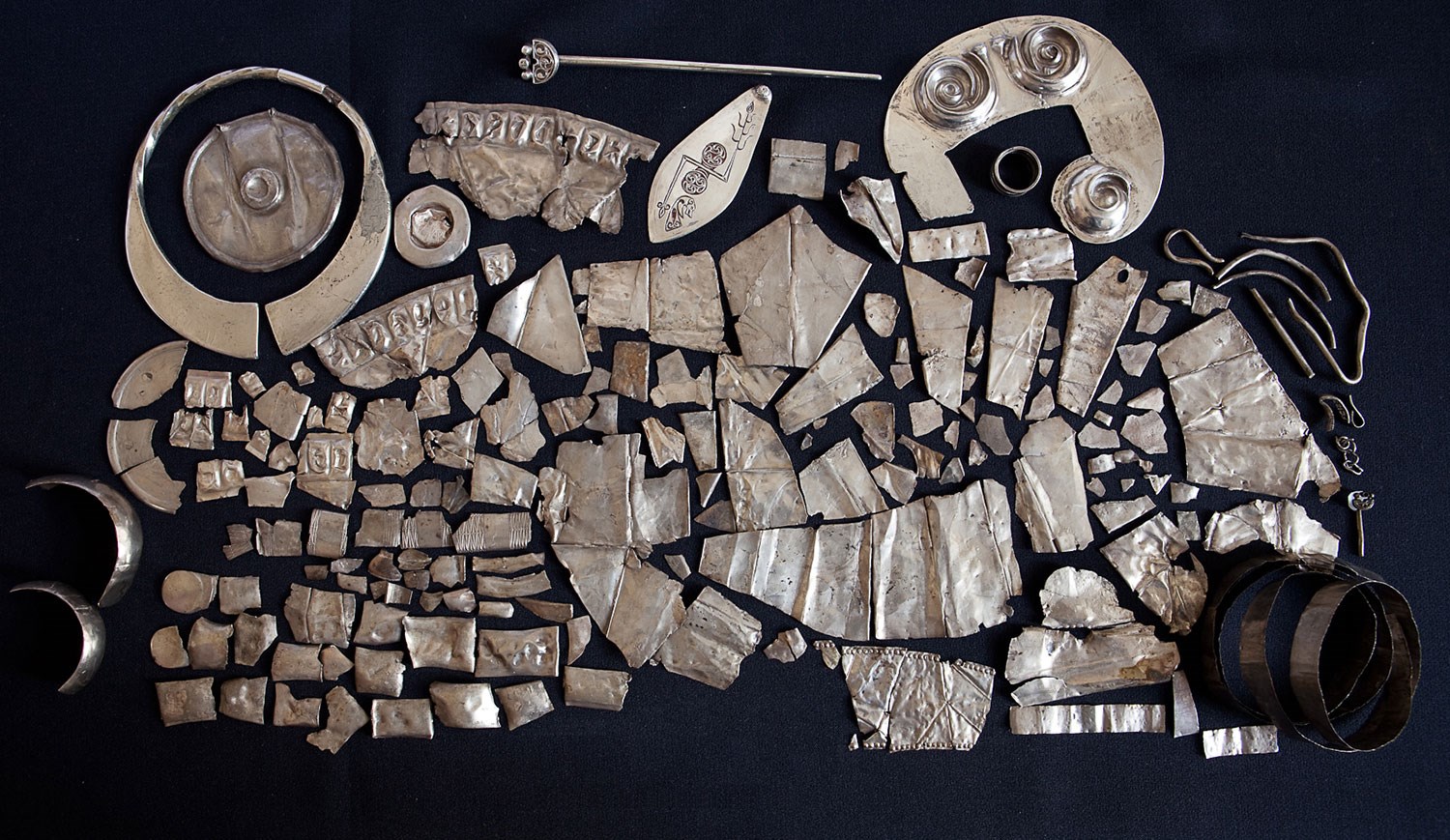
This early medieval silver, unearthed in Fife during the 19th century, is one of the largest Pictish hoards ever to be found.
View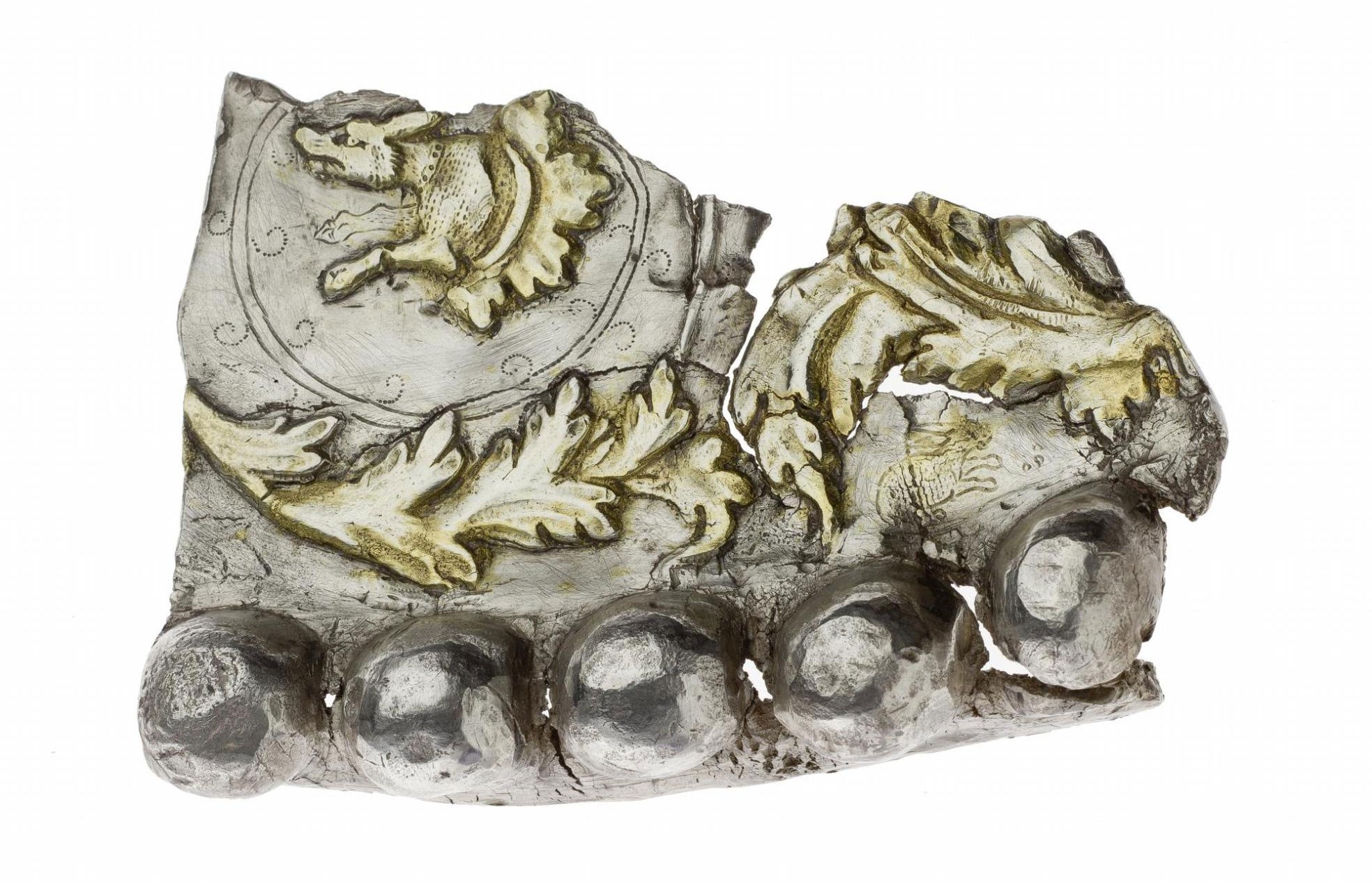
Buried around the middle of the 5th century AD, this hoard of Roman silver from Traprain Law in East Lothian is the largest known from outside the Roman Empire.
View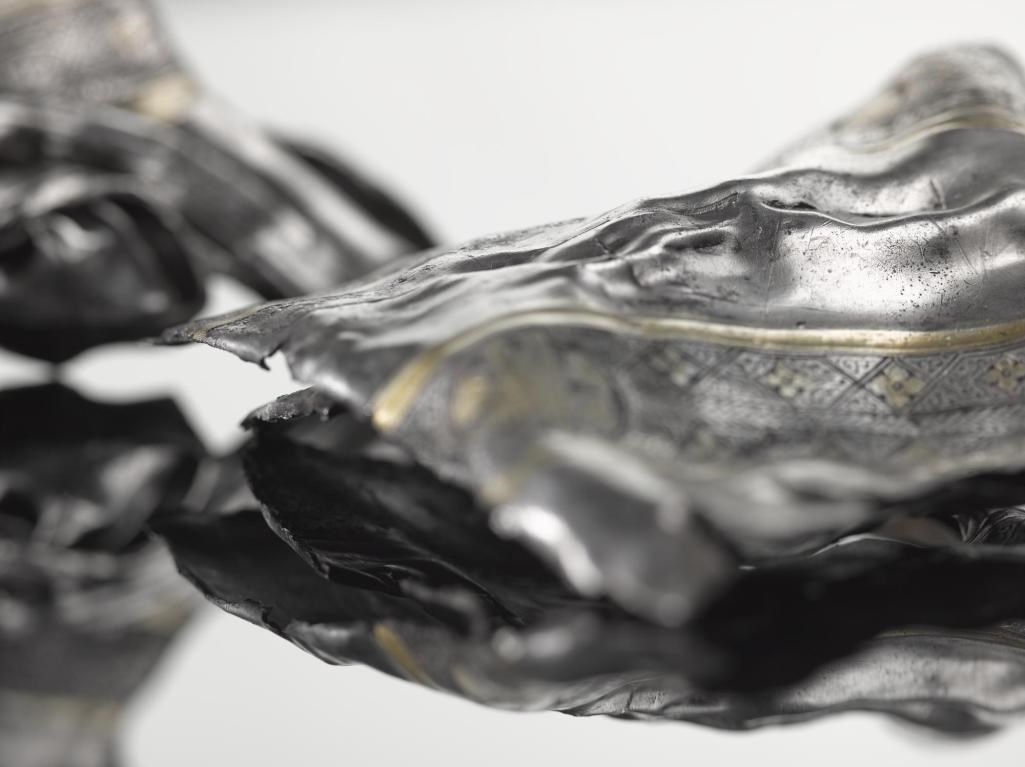
Discover the story of Scotland’s early silver and how this precious metal helped to shape the first kingdoms of Scotland.
View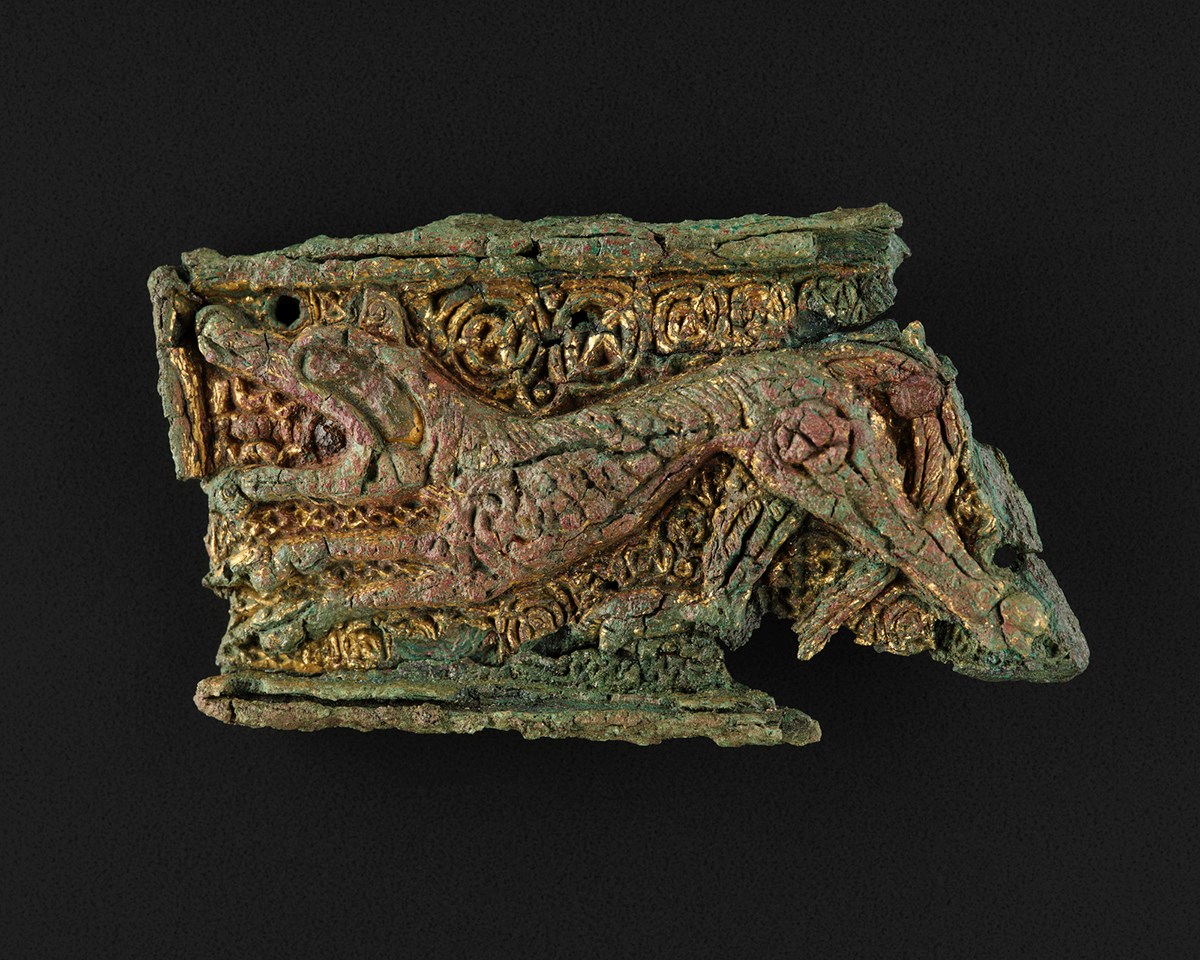
Acclaimed historian and broadcaster Michael Wood joined Dr Adrián Maldonado, Glenmorangie Research Fellow, to discuss Adrián’s new book, 'Crucible of Nations: Scotland from Viking Age to Medieval Kingdom'. The book reassesses the museum’s Viking-age collections, uncovering an exciting new vision of Scotland’s diverse and creative past.
View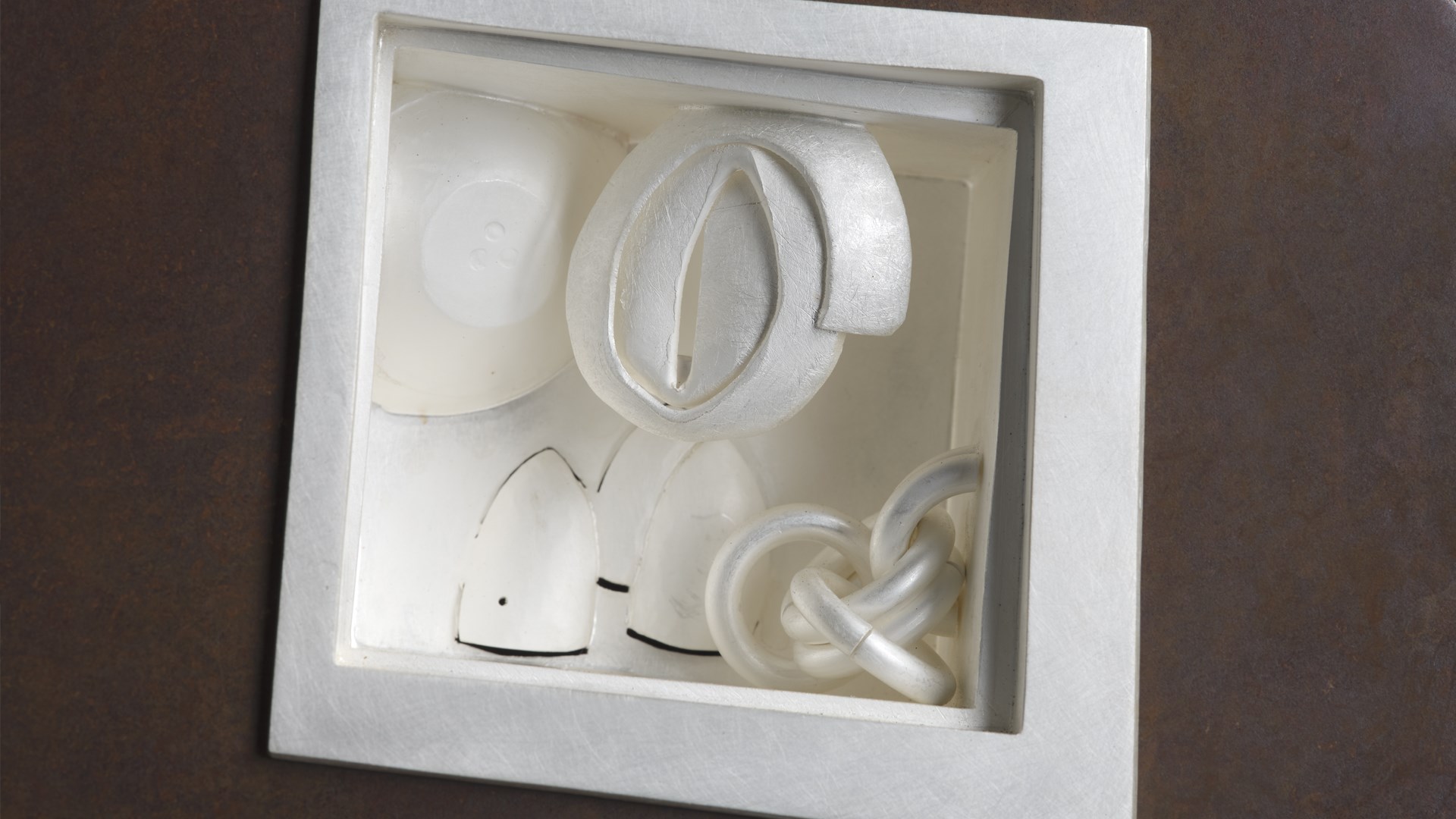
In 2018, the internationally renowned metalsmith Simone ten Hompel was commissioned by National Museums Scotland and The Glenmorangie Company to create a new artwork inspired by our curatorial research and the Museum’s collection of metal artefacts from early medieval Scotland.
View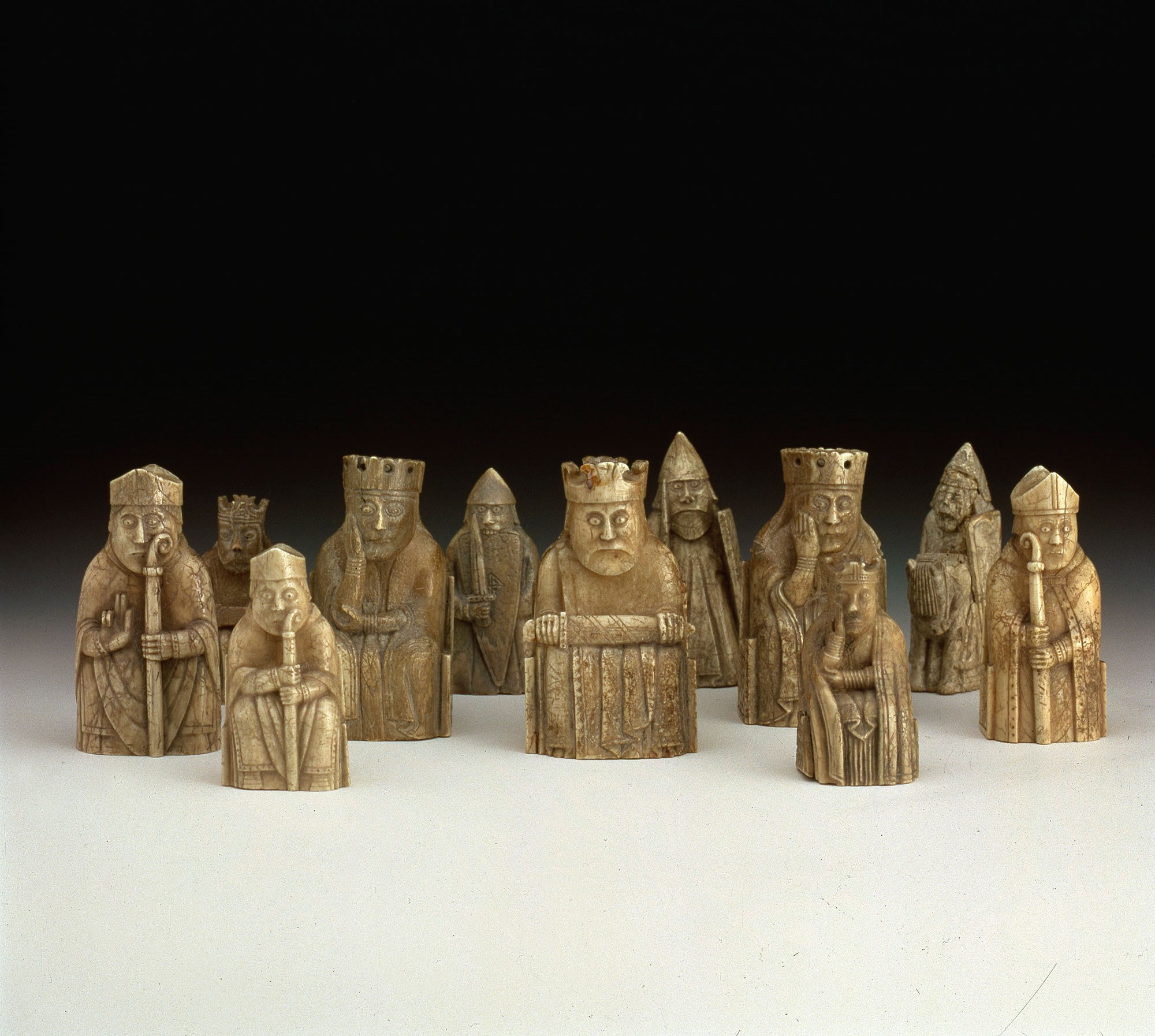
These medieval chess pieces from the Scottish island of Lewis are among our most popular collections. They give us fascinating insights into the international connections of western Scotland and the growing popularity of chess in medieval Europe.
View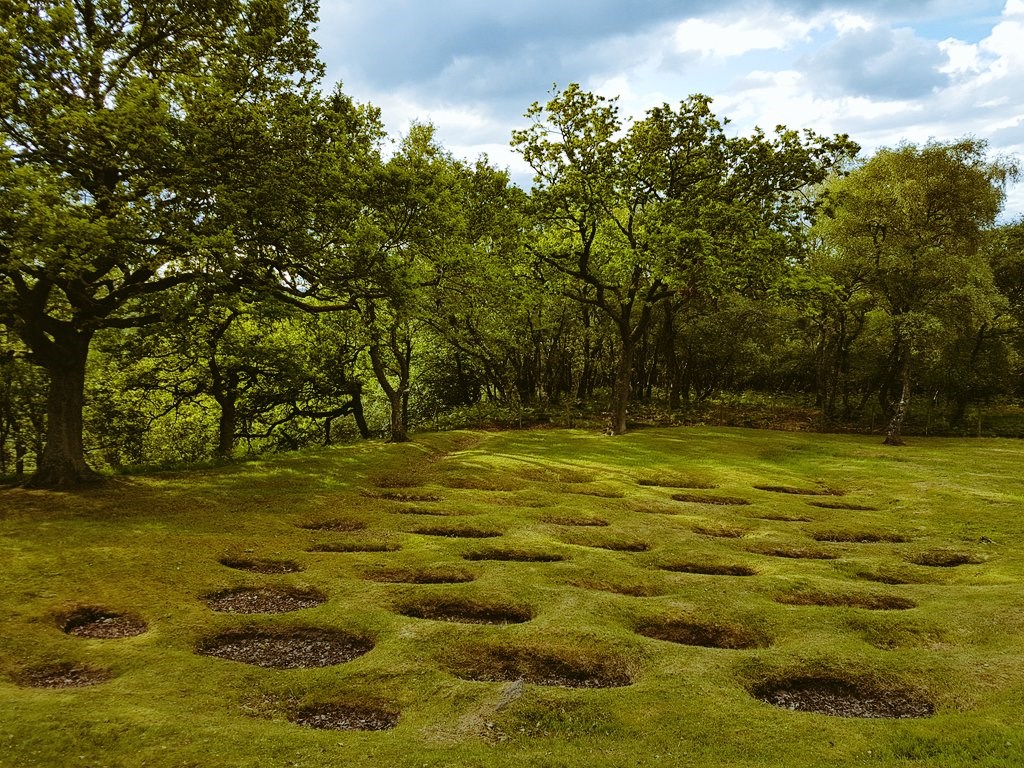
Archaeological finds from Rome's invasions of Scotland can be found throughout the country, from the Solway Firth to Moray. Three of the most prominent sites are Trimontium, Traprain Law, and the Antonine Wall.
View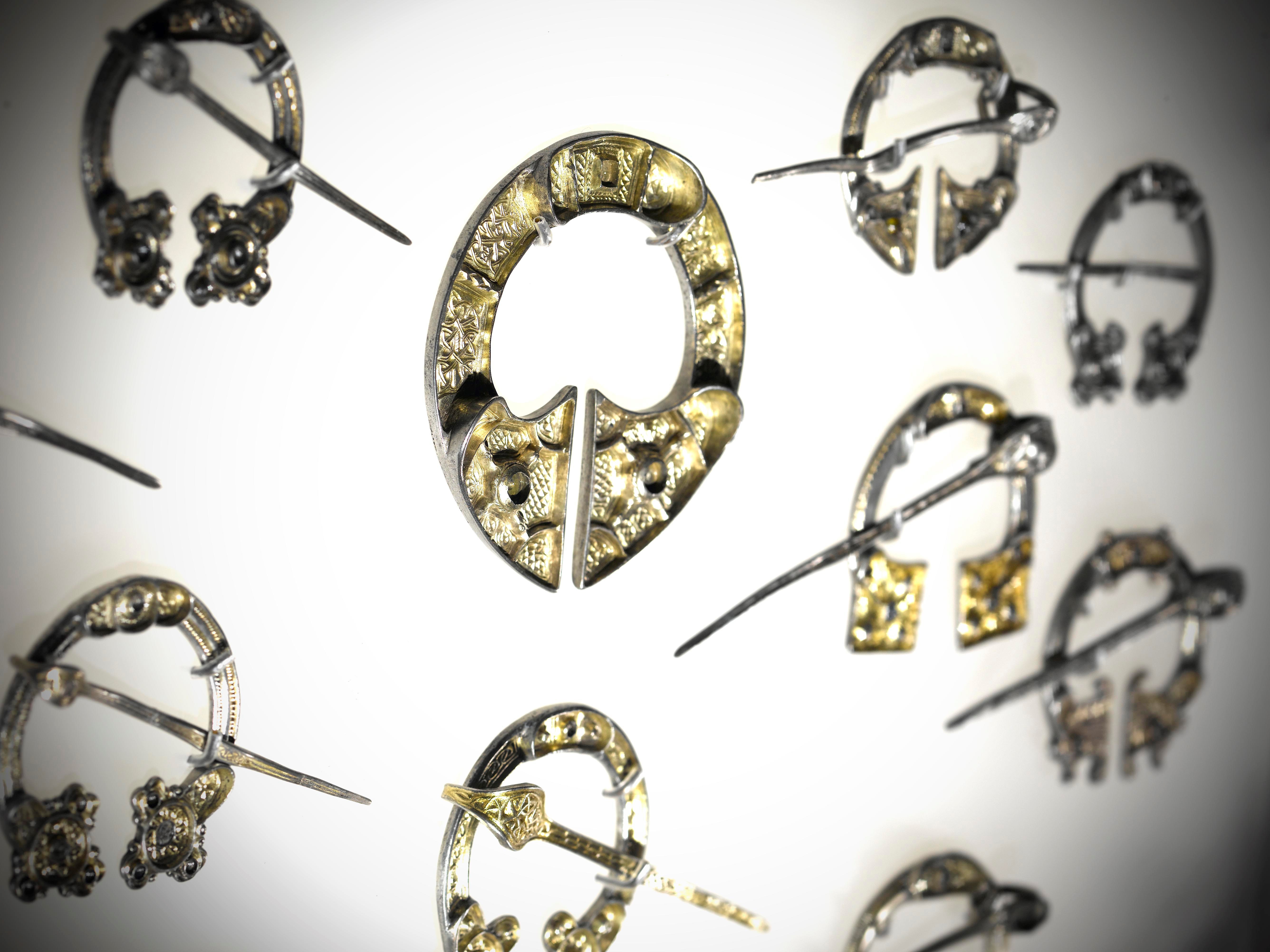
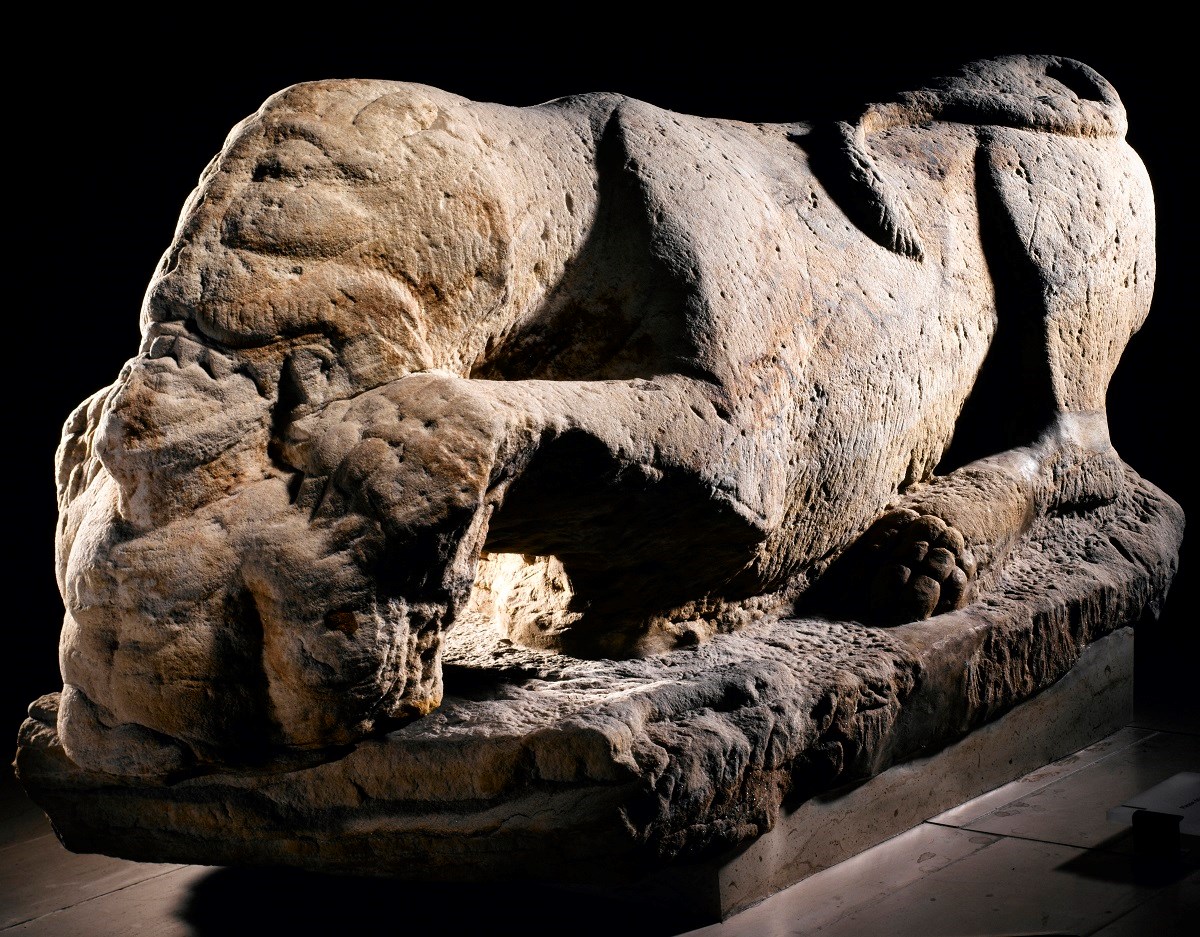
See five highlight objects that summarise the legacy of Rome's invasions of Scotland
View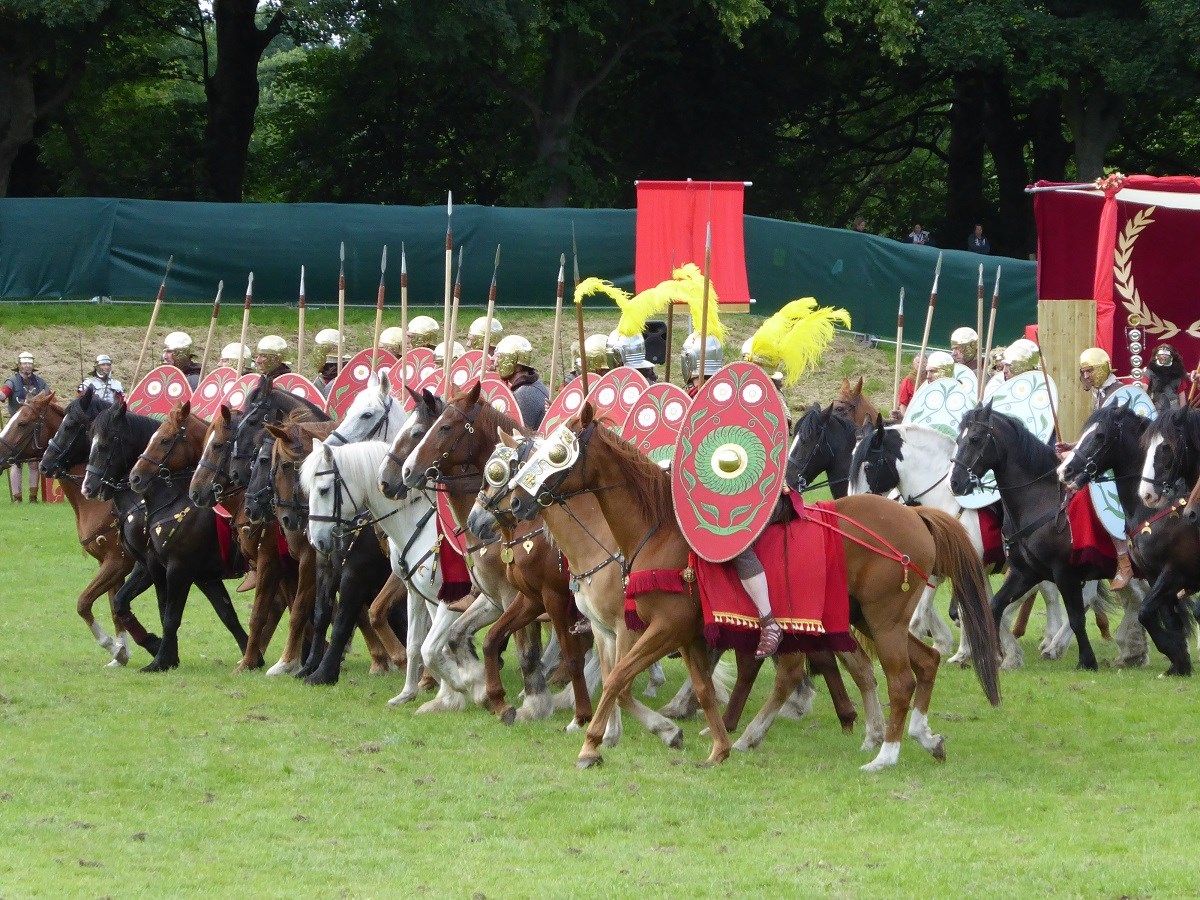
The Roman army was drawn from many corners of the vast Roman Empire
View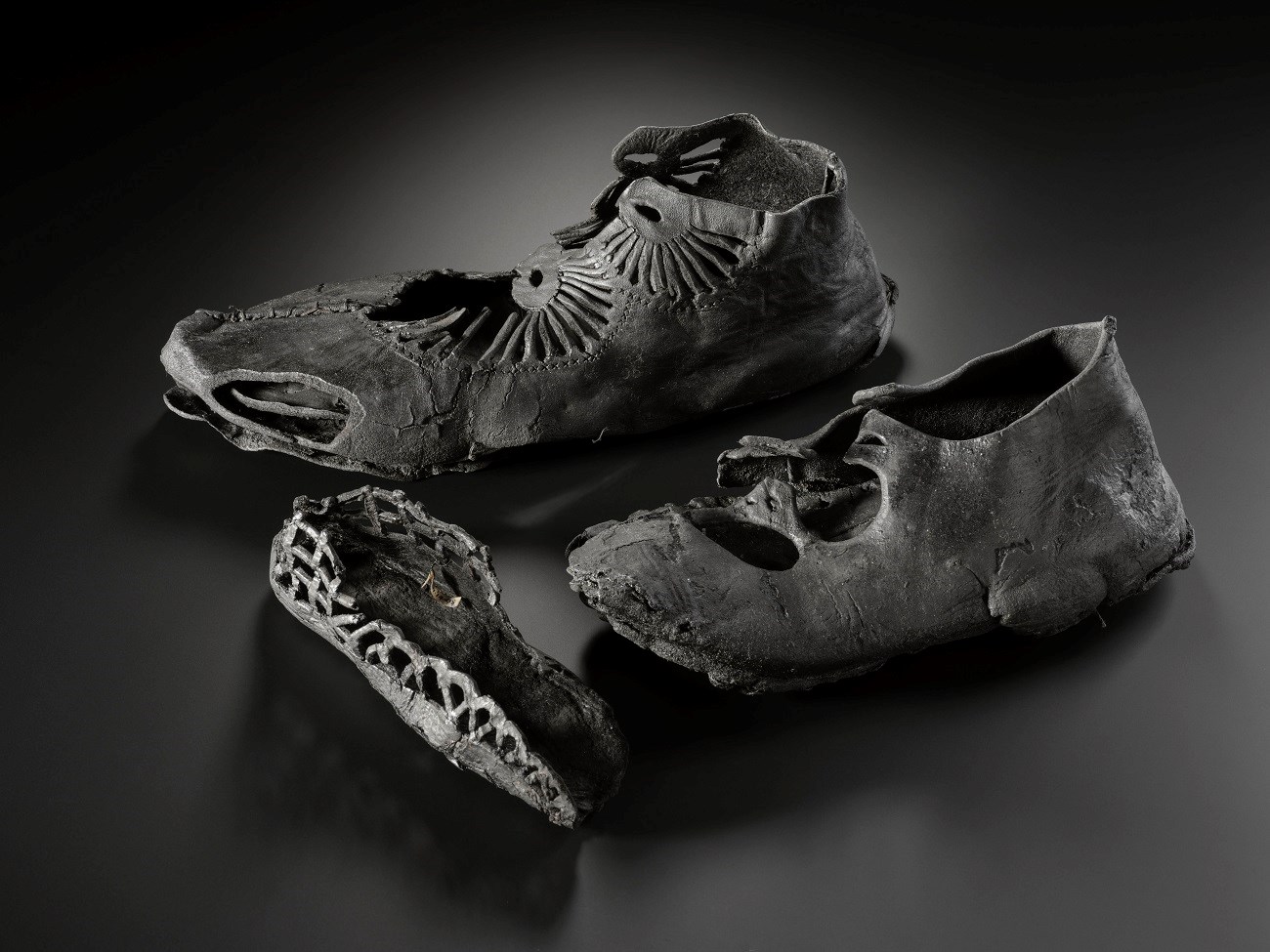
Forts were not just military bases, they became the heart of communities
View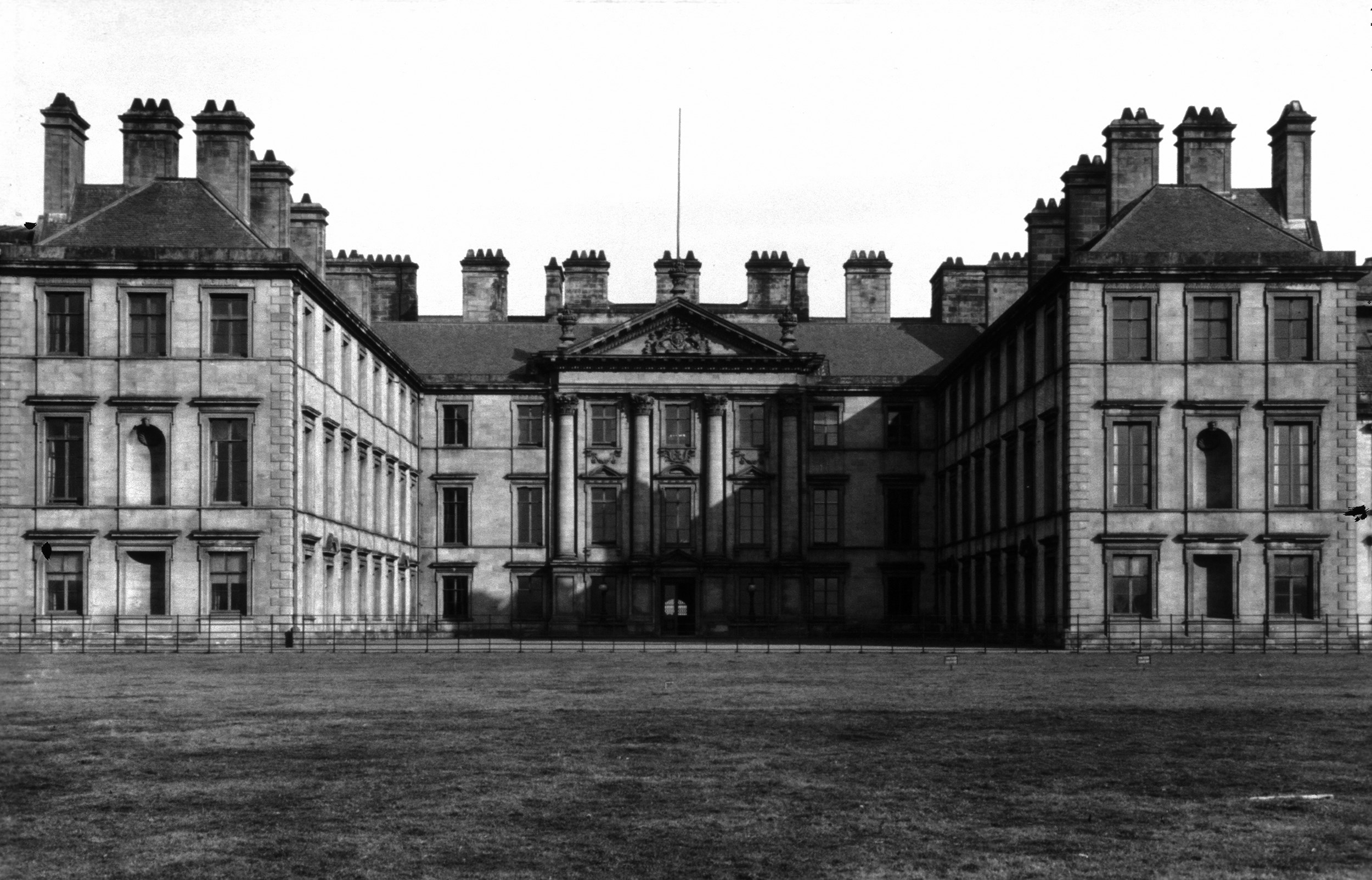
The destruction of Hamilton Palace, the grandest stately home in Britain, was one of the greatest losses to national heritage ever to happen in this country. This is the story of how Scotland’s biggest treasure trove was won and lost.
View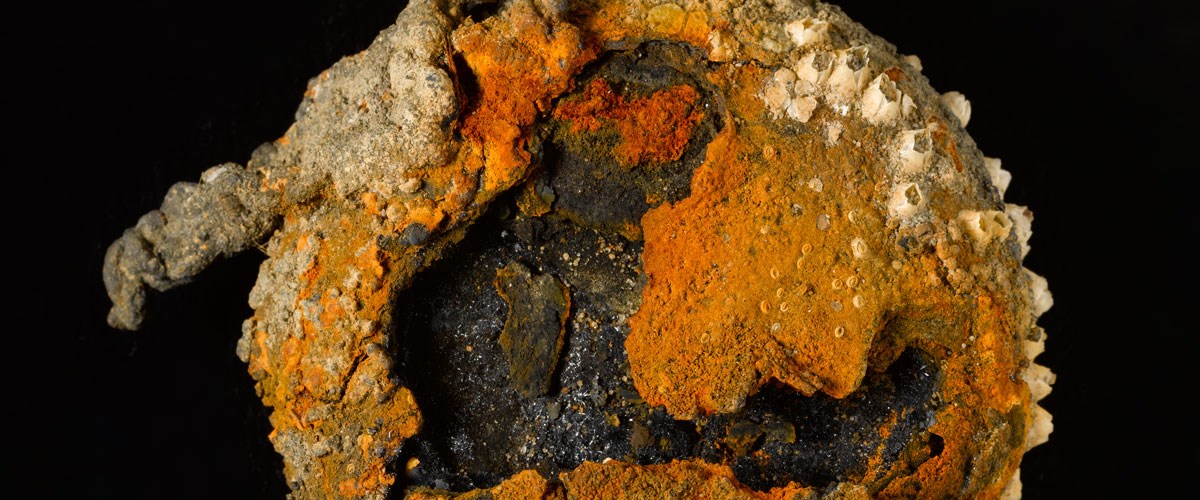
Salvaged from a shipwreck, this pocket watch has lain under water for over 300 years. But now a high-tech process has uncovered the hidden secrets of this rusty artefact.
View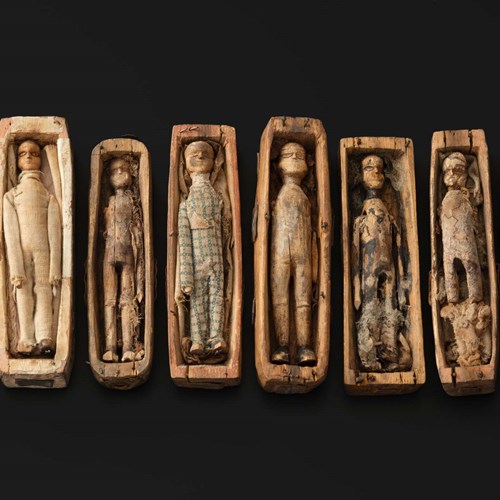
Satanic spell, superstitious charm or echo of Edinburgh’s grisly underworld history? We examine the theories put forward to explain the strange tale of these tiny coffins.
View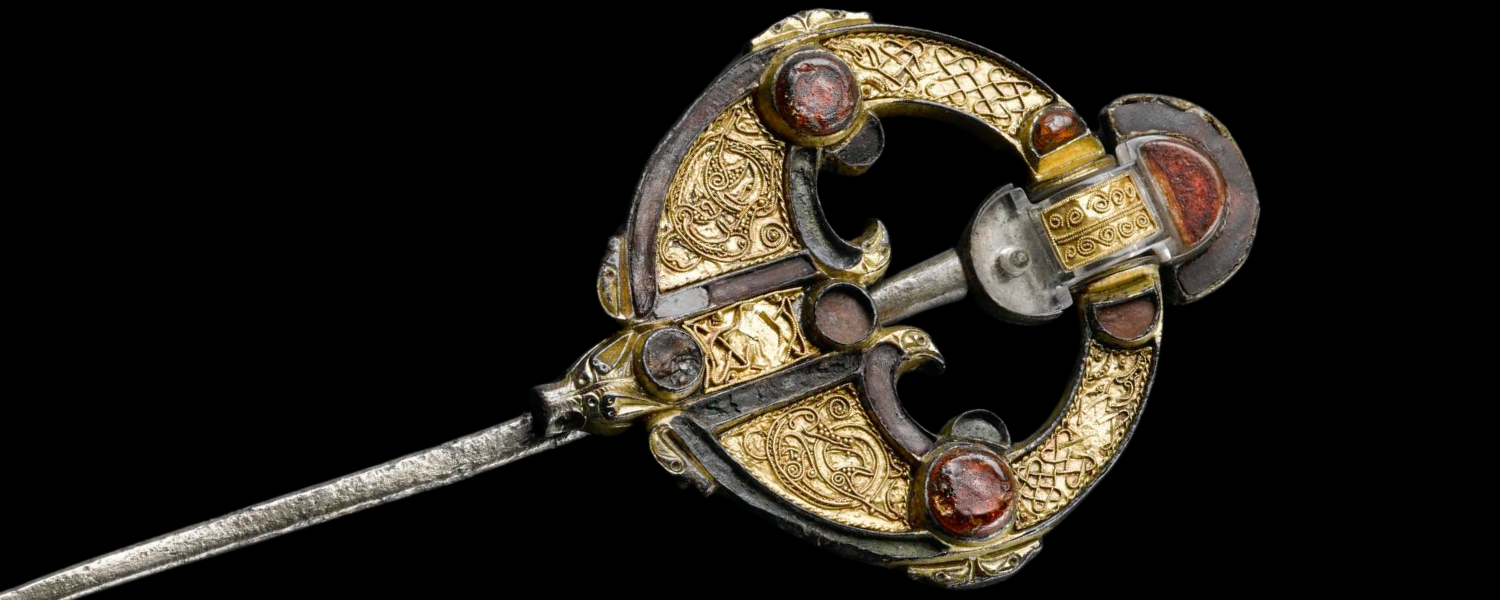
Join us for this exclusive Member event to learn more about one of the rarest Viking-age discoveries in Scotland.
View